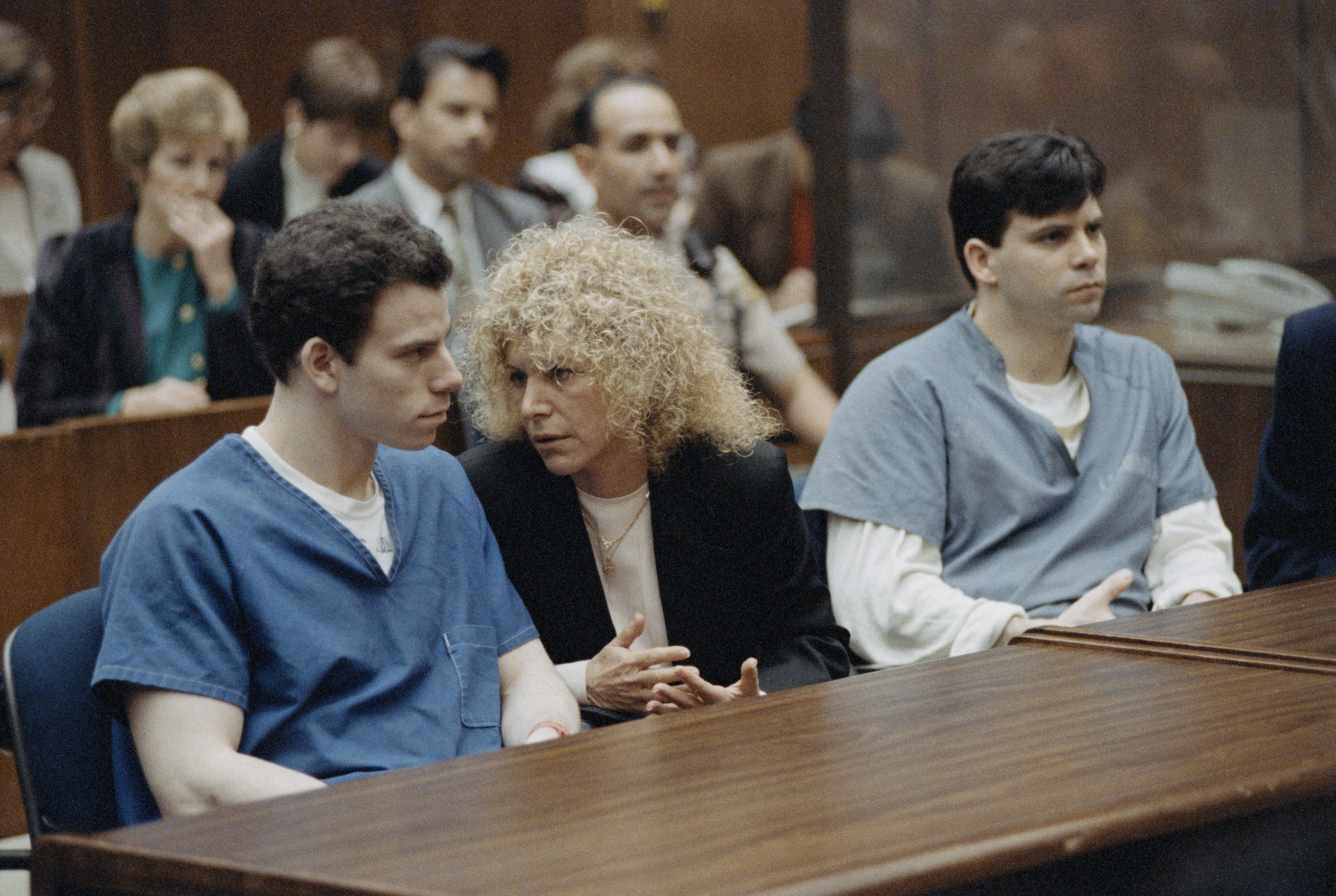One of the two major companies operating dockless electric scooters in Los Angeles said Wednesday it welcomes new regulations passed Tuesday by the City Council, even though it could mean thousands fewer of its devices on the streets.
The one-year pilot program adopted by the council will limit companies to 3,000 scooters at the start of the program, with additional devices allowed in "disadvantaged" communities. The pilot program will begin within 120 days, and in the interim, companies can apply for a conditional use permit for up to 3,000 devices.
Lime issued a statement saying it "welcomes the Los Angeles City Council's approval ... of new regulations allowing companies to provide enhanced mobility options for the city's residents. Both Council members [Mike] Bonin and [Bob] Blumenfield were instrumental in moving good policy through each of their committees and to the full City Council for adoption."
Lime did not include in its statement how many scooters it has in use in the city, but a representative of competing scooter company Bird told City News Service the firm has been operating about 8,000 scooters per day.
Seleta Reynolds, general manager of the Los Angeles Department of Transportation, told the City Council that both Bird and Lime had made statements to the media that they are operating around 10,000 scooters in LA.
Lime was previously approved to operate a pilot program for dockless bikes in the San Pedro area.
"Lime is honored to have operated the only approved pilot program in Los Angeles, launched in 2017 under the leadership of Councilman (Joe) Buscaino, who was the first to introduce dockless mobility to LA," Lime's statement says. "In light of the council's approval, Lime will obtain a conditional use permit to allow more of its affordable e-scooters and bikes to be available for local residents to use."
News
Top news of the day
David Estrada, head of government relations and public policy for Bird, told CNS before the vote on Tuesday that the cap on scooters "would be a serious cut. And the way we look at it is, it's a drastic and chaotic cut to the market of transportation people rely upon every day."
Estrada also suggested the cap could limit the company's efforts to expand into areas outside of the Westside, even though the pilot would allow for thousands of devices in disadvantaged communities.
"What we're trying to do is make sure we can provide equal access across LA," Estrada said. "The trouble with the idea of capping the number of scooters to a very low number is they're going to shrink down to the densest circle of where rides will happen, which is just West L.A. And so those parts of L.A. that really need affordable transportation don't get affordable transportation if we're capped."
The dockless Lime and Bird scooters have proliferated in Westside communities over the last year, leaving local governments scrambling with how to regulate them. The city of Beverly Hills recently banned them for six months, while Santa Monica last month created a 16-month pilot program which caps the number of scooters allowed on the streets.
The scooters work through a phone app that allows people to find and unlock the devices and drop them off anywhere they are allowed, with no docking station or kiosk required.
The LA pilot program approved that will begin within 120 days allows for controlled growth of the devices. Although companies are capped at 3,000 devices, they will have the opportunity to add up to 2,500 more devices if they are located in disadvantaged communities, and they can add an additional 5,000 in disadvantaged communities in the San Fernando Valley.
After demonstrating compliance with program requirements and meeting certain performance criteria, the LADOT can allow companies to increase their fleet size, but the program does not specify a cap on such expansion.
The council also approved a top speed of the scooters of 15 mph, which is the speed already offered by Bird and Lime.
The new regulations require companies to equip the scooters with a minimum 48-point font warning against riding on sidewalks. Companies also must maintain a 24-hour hotline and respond to improperly parked or inoperable devices within two hours, from 7 a.m. to 10 p.m.
In the future, operators will be required to use technology that can tell if a device is parked upright. They city may also designate parking areas for the devices in high-traffic areas.



